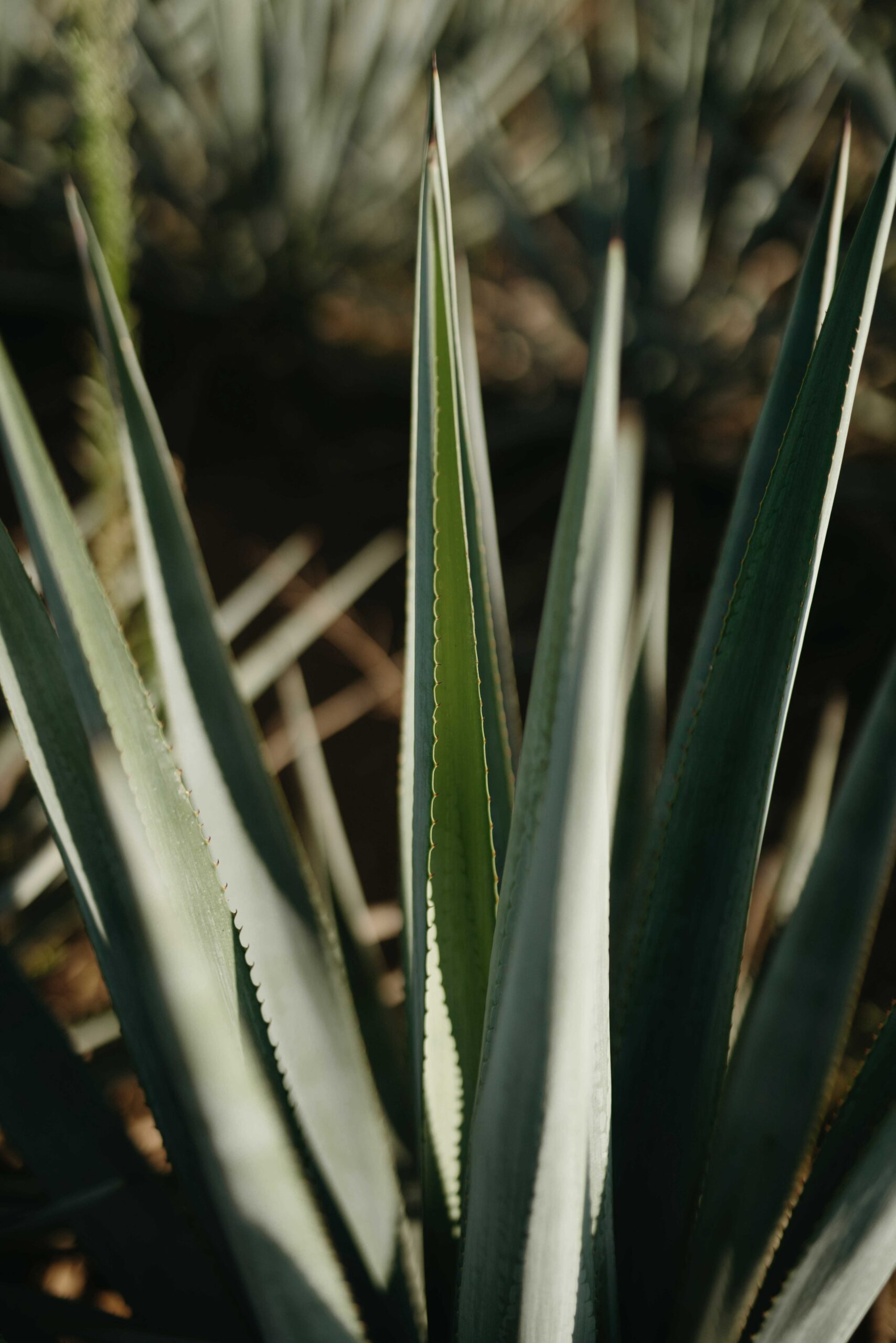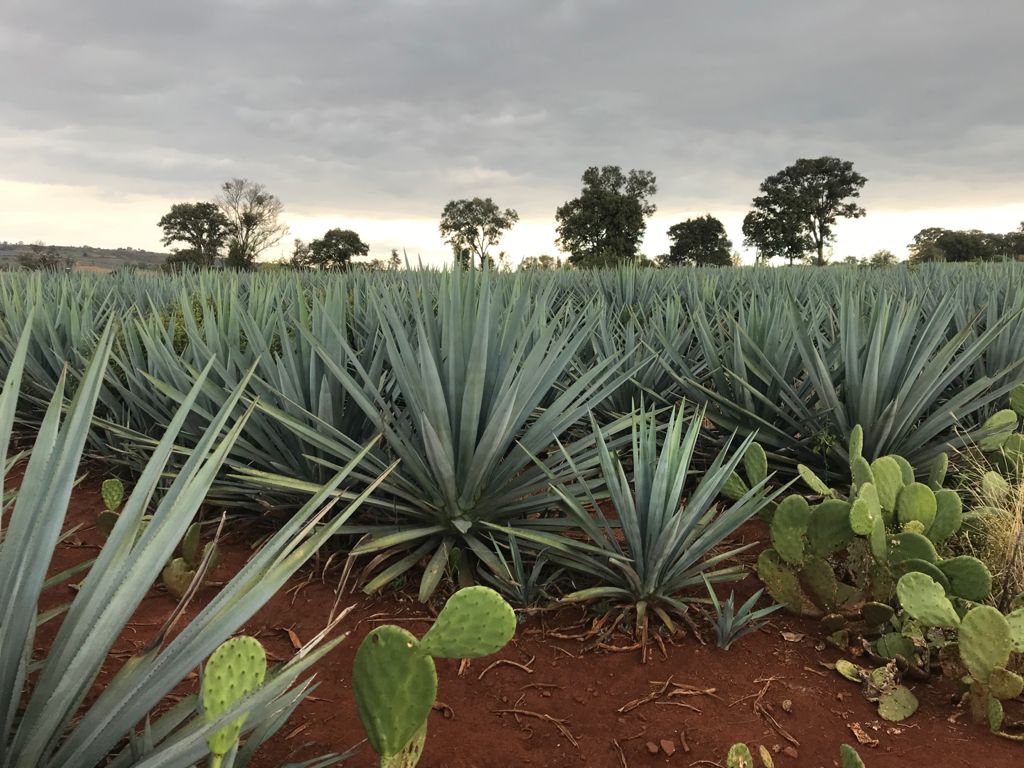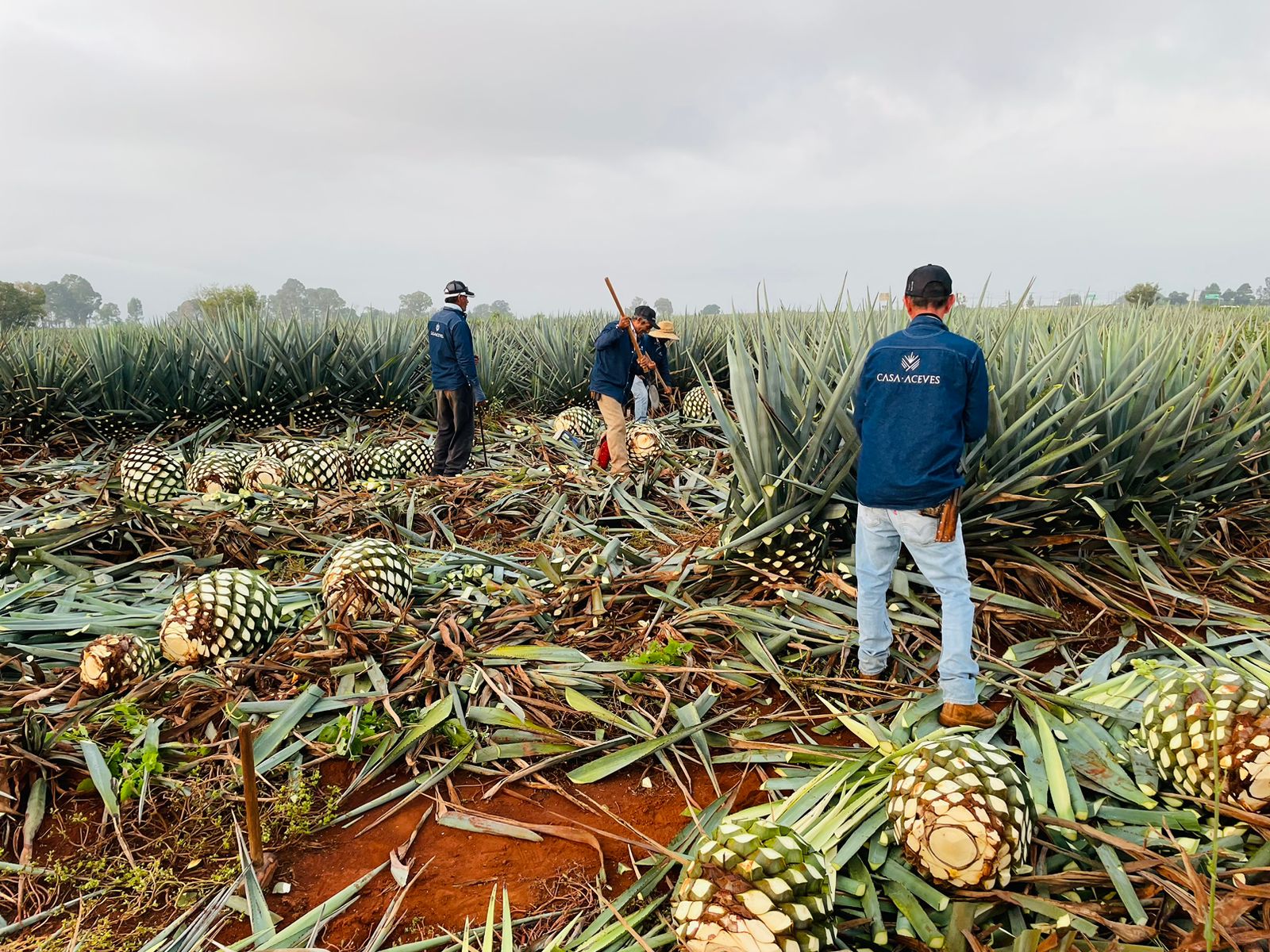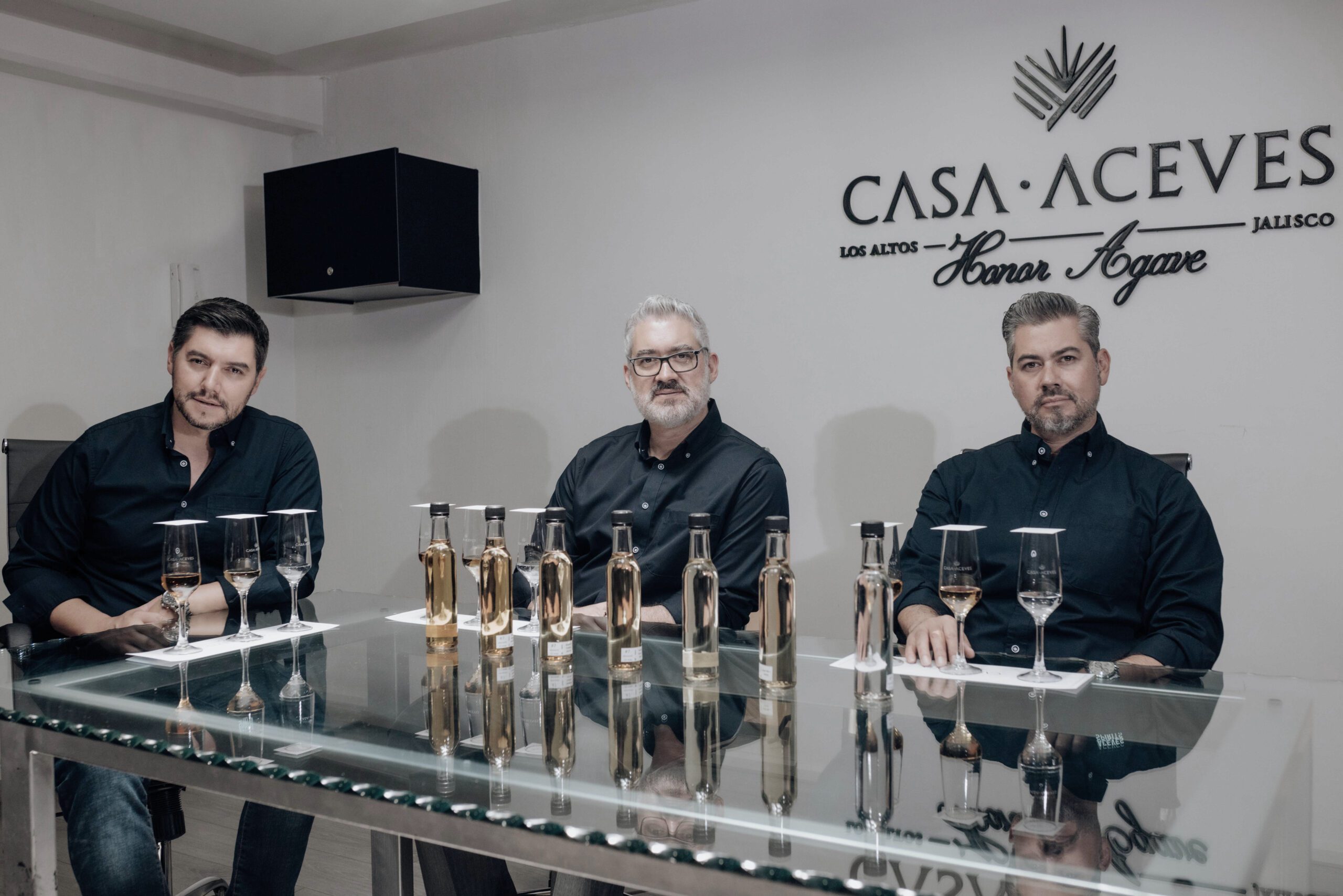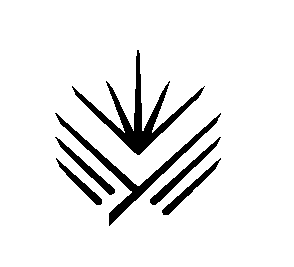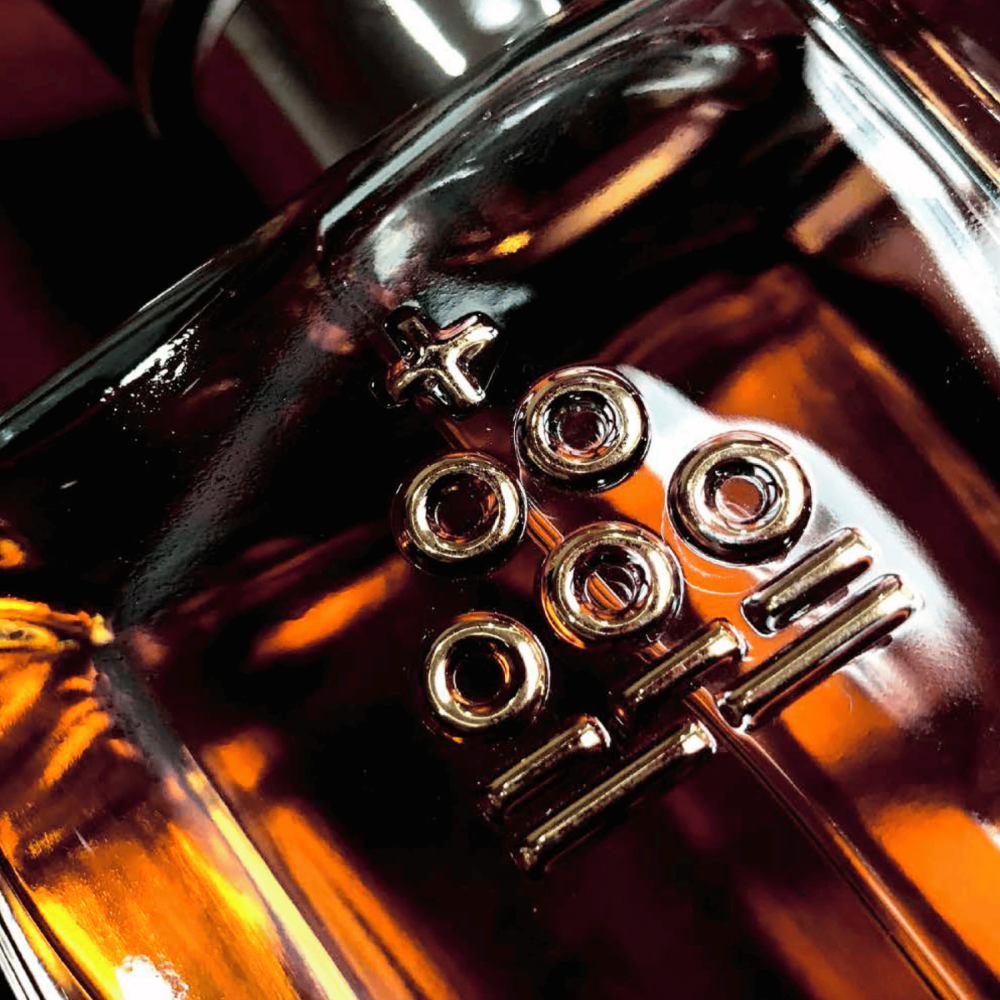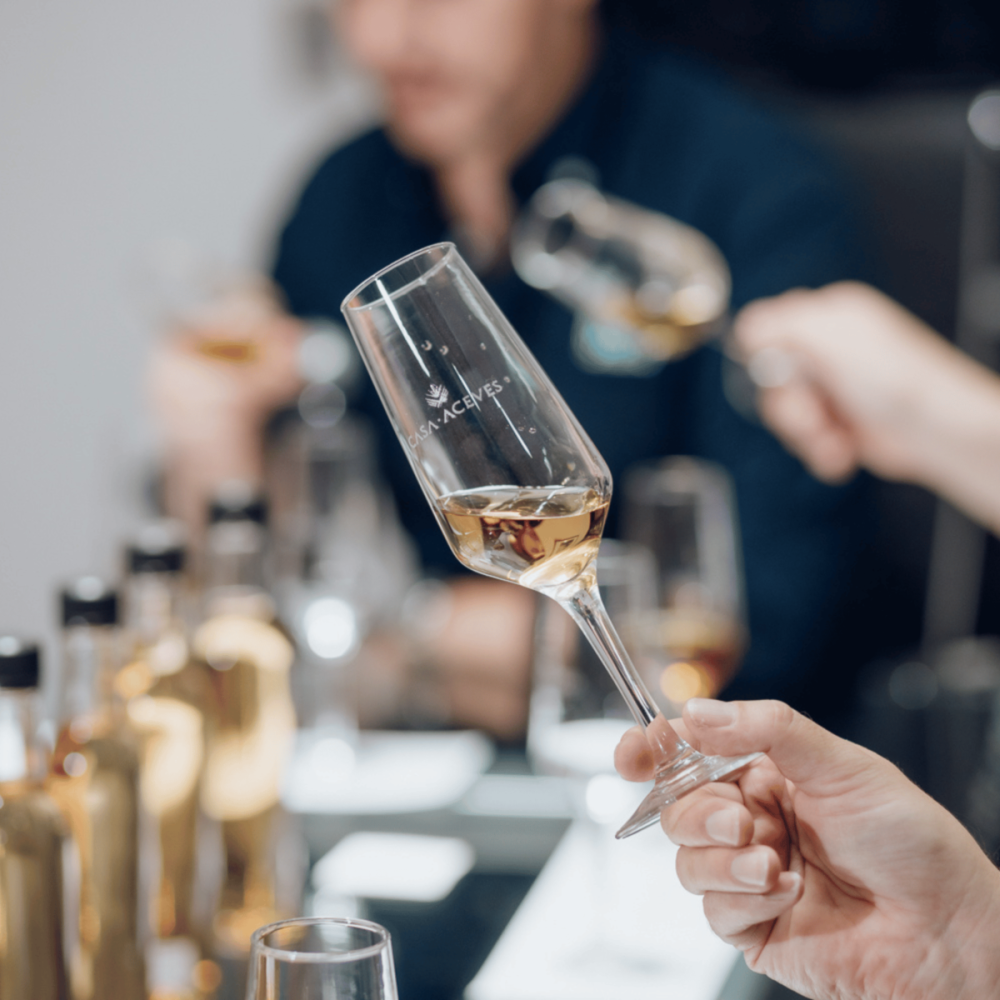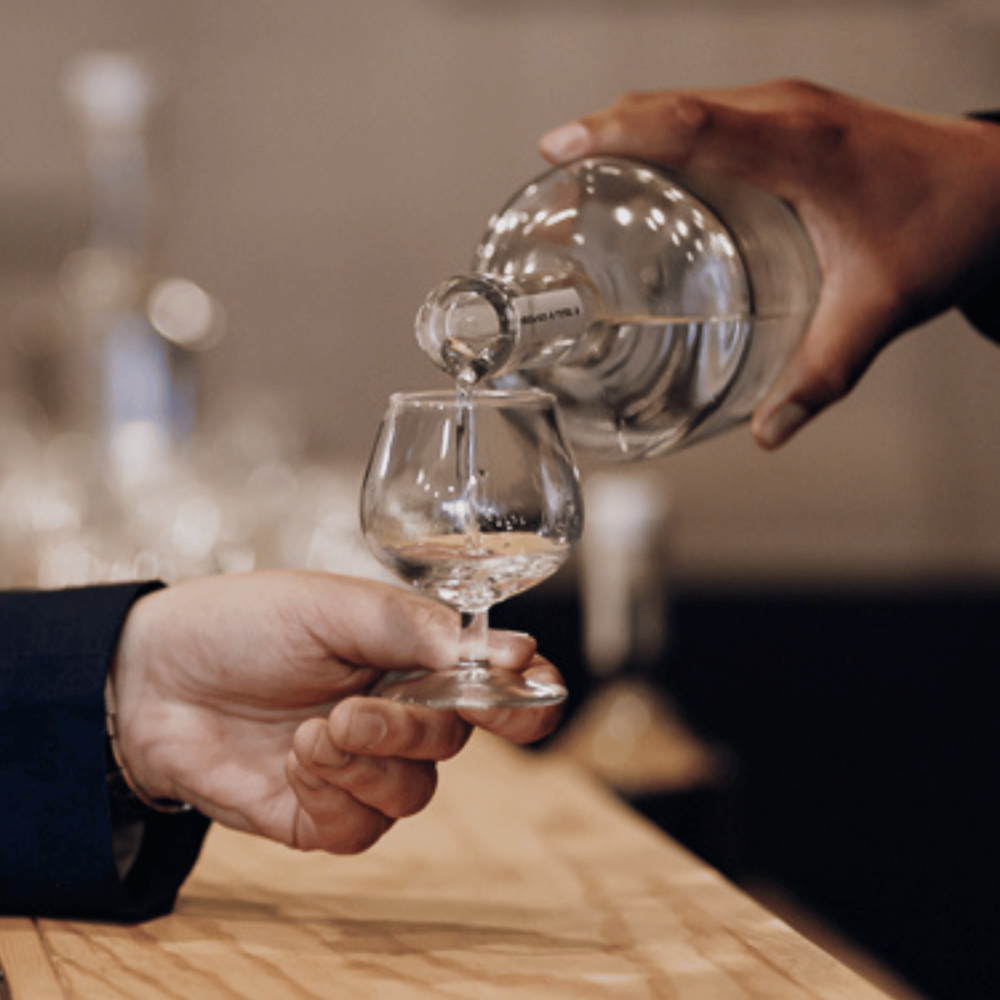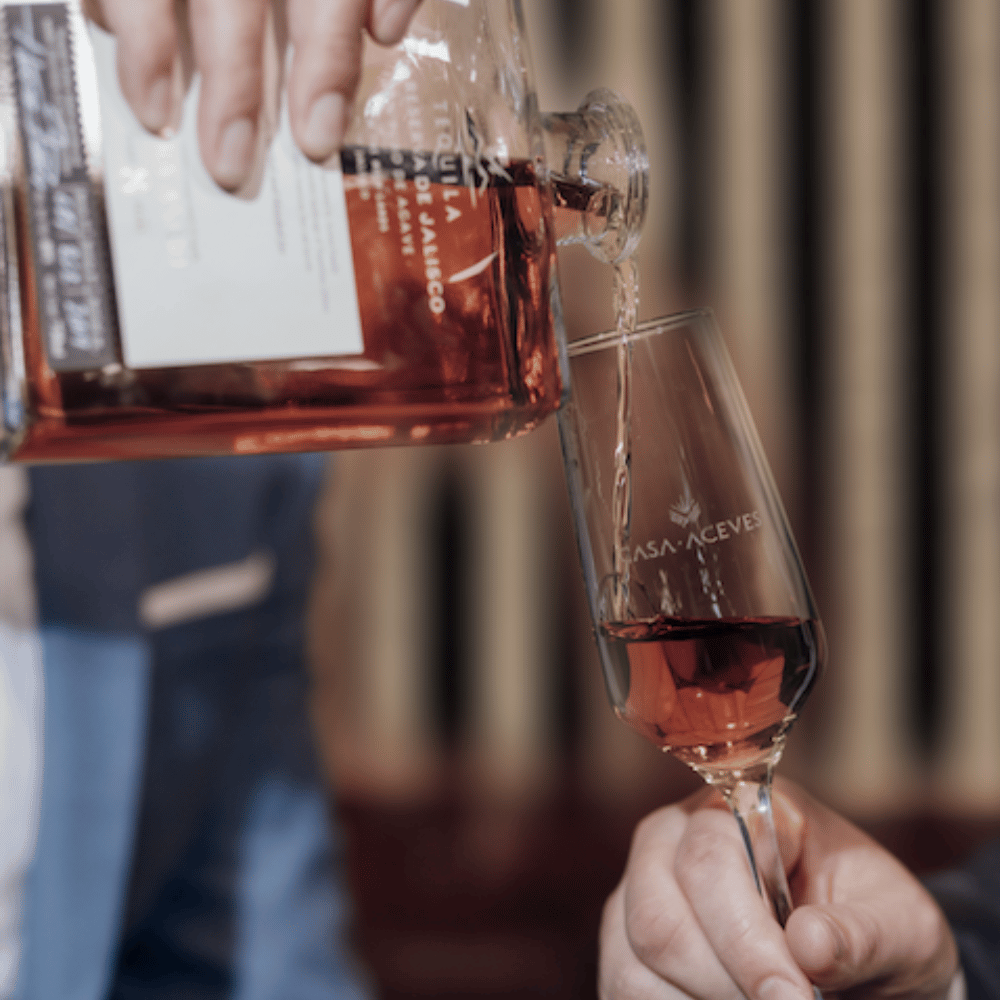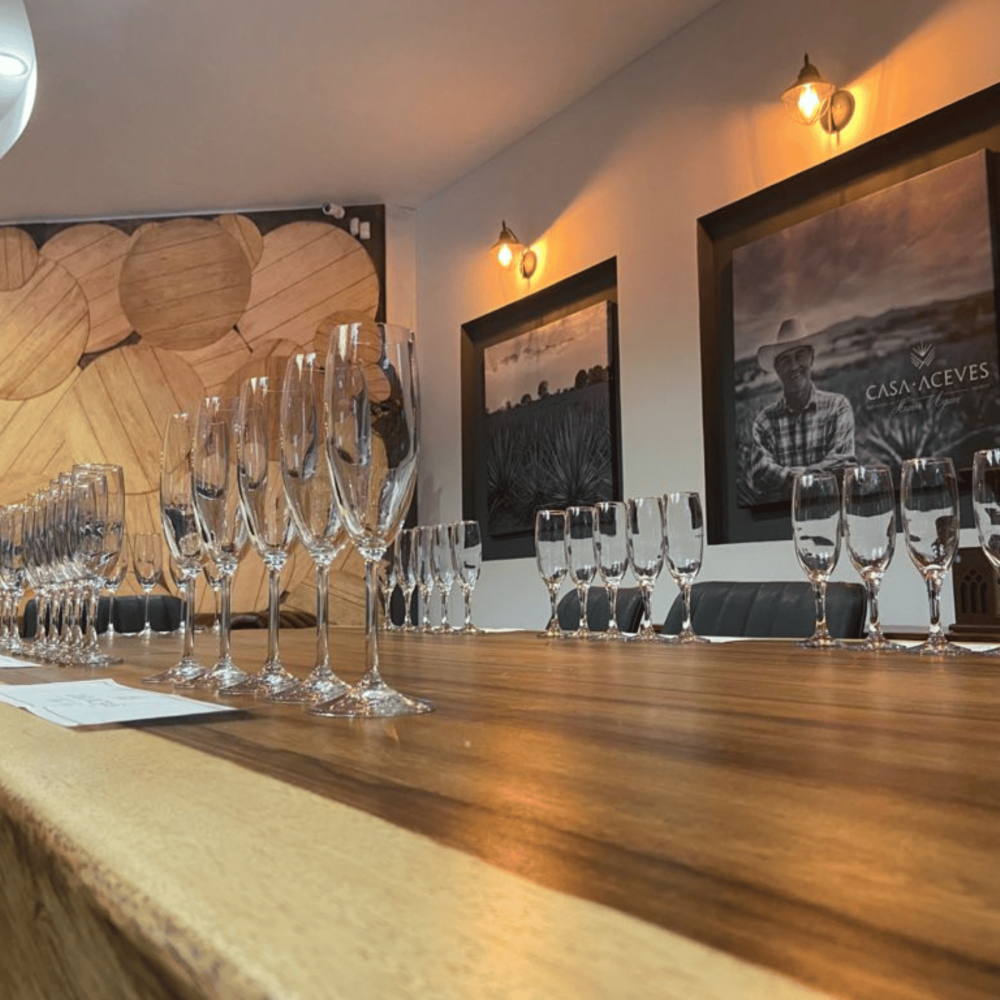Planting
If you’re not familiar with the Weber Blue agave, let me tell you that this is a unique plant with an intriguing history. It no longer grows wild since humans intervened in its evolution. As long as you plant it in the right location, it can adapt to its surrounding circumstances.
So, where are the best places to plant Weber Blue agave? Well, it depends on the type of location. For example, plants can grow in flat areas or in valleys, and they are very adaptable to the topography. According to the CRT (Tequila Regulatory Council), farmers plant about 2,500 to 3,000 plants per hectare, which is equivalent to just under 2 American football fields.
Interestingly, highlands are now becoming the preferred area to cultivate Blue agave. In this region, it takes longer to mature (6 years instead of 5 in the lowlands) yet it produces more sugar, making it ideal for tequila production. For planting agave, the soil requires the correct impermeability, with a pH towards acidity. Also, sandy or muddy soils are not ideal for agave growth, neither are soils that are too thin or swampy.
If you’re looking to produce quality tequila, it’s important to know that agave plants do not require irrigation. Instead, they obtain enough water from soil humidity and natural rainfall. Irrigating agave would cause an increase in water content, which is not ideal for tequila production. Agave plants also thrive in sunny conditions, so make sure they get plenty of it.
Brix and Art
So how do you know how much tequila a plant can produce? The industry measures the BRIX and the ARTs in the Agave. BRIX is the unit of measurement for the solids that are dissolved in a liquid, not necessarily sugars. ART (Total Reductive Sugars), however, is the most adequate measure to determine how much tequila can be produced. In Blue agave, the best way to determine the ART is to determine the BRIX with an optic refractometer and then subtract 20%.
When it comes to Weber Blue agave, farmers will know they’re ready for harvest when they see certain signs. The color in the base of the plant will start to look more green-yellowish, and the leaves that grow out of the center of the plant will stop growing longer than neighboring leaves, There will be a shift in energy, where the plant starts to concentrate on plumping up its core instead of making new leaves. The leaves will start to appear heavier.
Harvesting A.K.A. “La Jima”
Harvesting agave is a craft that’s steeped in tradition and respect. Jimadores, the agave harvesters, are the experts in this field, and it’s a skill that’s been handed down for generations from father to son. These skilled jimadores can dislodge and trim a 100-pound agave plant in just a matter of minutes!
So, how do they go about it? First, the jimador will use a special tool called a coa to remove the agave’s long spiky leaves, known as pencas. These leaves are left behind in the field to be tilled into the soil. The remaining parts of the cut leaves are then trimmed to reveal the piña, as it resembles a pineapple. The degree of trimming can vary, depending on the distillery’s preference. For us at Casa Aceves, the pencas are shaved more closely to the piña than is the more common practice in the industry, so the green parts should measure no more than ⅓ inch or 1 cm in length. We believe this practice removes most of the waxes and chlorophyll that can result in bitter notes in the final distillate.
To ensure that only the best agave plants end up making our tequila, the jimador will test the sugar content of each piña. Only the plants with the highest sugar content are used, with ideal ART levels averaging around 25 percent. Sometimes piñas can also have red spots on the white flesh of the plant. At Casa Aceves, we’re a little picky and allow no more than 20 red spots on the plant. The perfect piñas are then loaded up and delivered to the distillery for production.
Growing Weber Blue agave can be exciting yet challenging. It requires specific soil conditions, plenty of sunshine, and patience. If you chose to cultivate it, there’s so much to learn along the way, from monitoring the plant’s health to ensuring it is harvested at peak maturity.
The first step of tequila production is truly something special. Once we understand the complexity of this distilled spirit, we can truly appreciate the culture and hard work that goes into each and every bottle of tequila.
